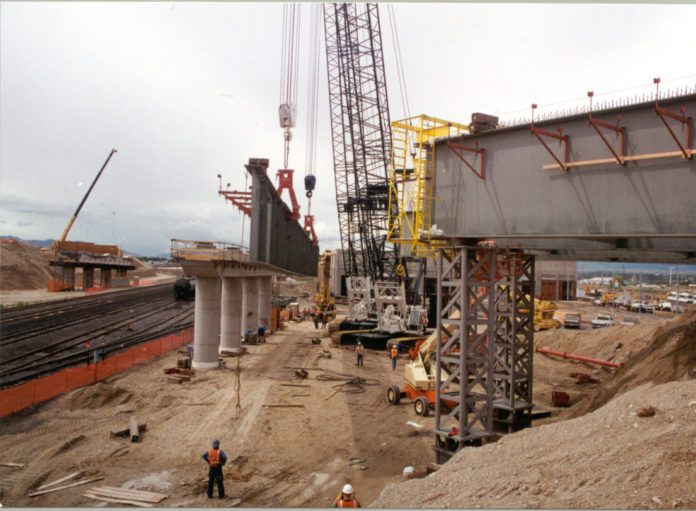Public infrastructure refers to community water and wastewater systems, drainage systems, roads and bridges, railways, electrical utility grids, telecommunications networks, or any other physical structure or service needed for the functional operation of a business, economy or society.
In the most basic sense, populations cannot be sustained without adequate infrastructure. In terms of the economy, businesses cannot operate without power, a healthy and capable workforce, and the means to transport materials and products.
In some parts of the US, the infrastructure is insufficient to support large populations. These are typically isolated, rural areas without adequate water supplies or ready access to large highways. In other parts of the country, extensive infrastructure is present, but it is outdated, in need of repair, or has reached maximum capacity.
Most infrastructure was originally constructed through a combination of low-interest government loans and government grant monies. Highways and roads are examples of public infrastructure that have been maintained through the periodic infusion of government monies. Railways and telecommunication systems are examples of privately owned infrastructure that have been maintained by private companies, but from which the public benefits.
Large, essential infrastructure such as bridges and public water or wastewater systems are examples of public infrastructure that are often poorly maintained. Maintenance on these structures frequently involves interruption of services while the maintenance is underway, and very few bridges or water utilities were designed with secondary access that would allow the primary system to be taken offline for any appreciable length of time.
When government funding was used to initially install water and wastewater systems, funding agencies sought to prevent misuse of the funds by requiring that all funded infrastructure projects be “modest in size, design and cost.” As a result, systems were designed and constructed with very limited excess capacity. Forty years later, communities have grown, and water transmission lines are often too small in diameter to meet the needs of additional growth. Many manufacturing facilities use large volumes of water and create large volumes of wastewater. If a community’s system cannot support their demand, then the facilities are simply built elsewhere and employment opportunities are lost.
According to the WPI Economics Consultancy paper “Moving Forward Together: Delivering the transport infrastructure that businesses need”, infrastructure projects boost economic development in several different ways.
- First, they force the purchase of construction materials. Pipes, wiring, steel and concrete are basic supplies for most infrastructure projects. The manufacture of all of these materials provides employment.
- Second, the infrastructure project itself creates jobs. Pipefitters, bricklayers, electricians, construction contractors, truck drivers, backhoe operators, painters, and many other professions are required to successfully complete a project.
- Third, local economies benefit from large construction projects. Workers eat at local restaurants, shop at local stores, buy gas from local fuel stations, and many times even rent temporary housing while the project is being constructed.
- Finally, communities with improved infrastructure have the potential for growth, and this potential is attractive to new business developments. New business development attracts workforce populations not just in that community, but in surrounding communities from which workers might commute.
Professional project managers play a critical role in the initiation and delivery of infrastructure projects. Mayors or City Managers are often uninformed about the availability of government funding opportunities. When they are aware of opportunities, they often lack experience with the application process and have no relationship with the funding agency. When government funding is not available, elected officials often lack the presentation skills cooperative techniques needed to effectively demonstrate that infrastructure projects funded through municipal bonds or tax mechanisms effectively pay for themselves over the life of the infrastructure.
Professional project managers, with knowledge of the applicable government regulations, the ability to build consensus among neighboring communities or stakeholders within a community, and the ability to effectively implement and construct the project enable projects to be completed more quickly, and faster completion generally equates to lower construction costs.
Many project managers step into infrastructure projects that are already funded and ready to begin, but a more active role in the initiation of the project, from conception to funding to construction, is far more beneficial


